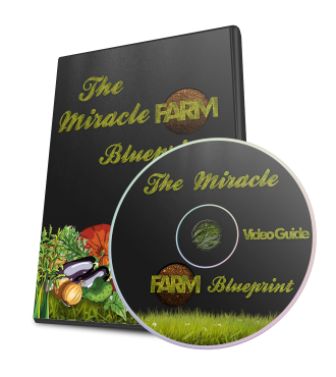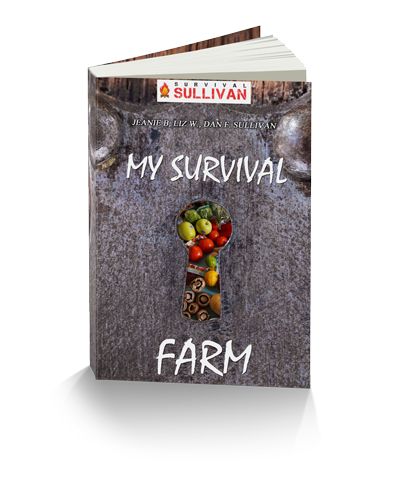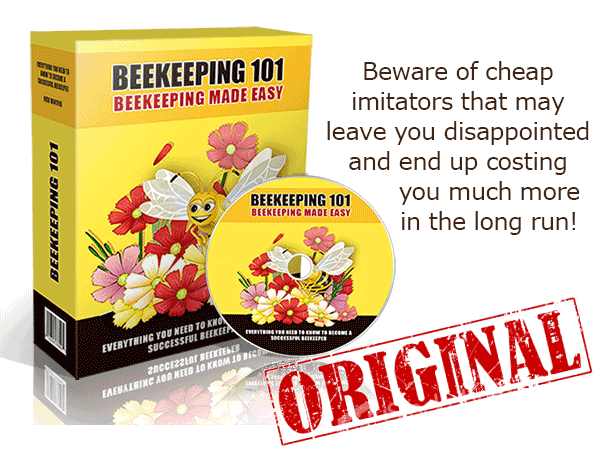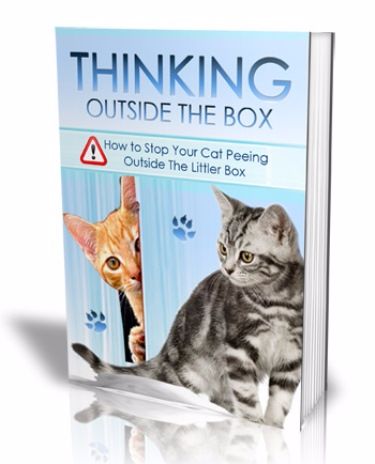There are many features and nuances in such an important matter as the cultivation of fruits and vegetables. Also, there are three main rules; the first and second rules will help you to save the results of your labors and the last rule will increase the quality of long-term fruit-bearing crops. By the way, in Michael’s book Miracle Farm, you will discover a lot of interesting secrets of farming. Please, read below some useful tips as well…
Knowing when to harvest your vegetables is as important as knowing how to grow them. Harvest all vegetables only during dry weather, even if they are intended for processing.
Vegetables are worse preserved if they are harvested in rainy weather. In addition, they are less useful because of fewer amounts of minerals (especially potassium) and vitamins. You can see a lot of time how watery and tasteless vegetables adorn the shelves of food markets during and immediately after the rainy days.
At harvest time, the most important things to consider are the time of day and ripeness. The best time to harvest is in the early morning. Leafy vegetables can be harvested late at night, but do not gather anything during the day.
This rule is particularly important in hot and dry weather. All fruits and vegetables have ways of telling us exactly when they taste best, even before we’ve picked them. The following harvesting information should help you pick your vegetables when they are at their best.
They allow many fruits to be picked prior to full ripening, which is useful since ripened fruits do not ship well. There is a notion called “technical ripeness”. Picking vegetables as soon as they are ripe often encourages the plant to produce more. That’s because there is a difference between a vegetable being “ripe” versus being “ready”.
Tomatoes
Look at the size rather than color. Harvest the pink, white and even whitish tomatoes that have reached typical size.
Cucumbers
Harvest cucumbers when they have grown to size, the skin is smooth and glossy and the seeds are small. Don’t wait too long-bigger is not better – and pick at least every other day, since over-mature cucumbers become bitter and unpleasantly seed.
Peppers
Begin harvesting when peppers reach a usable size. Steady harvesting after that will keep plants producing new fruits. Sweet peppers taste much sweeter and are most nutritious when they have been allowed to fully color up from green to glowing red, orange or yellow on the vine, depending on the variety. Most peppers can be eaten when they are green and under-ripe, although the flavor and vitamin C content as they ripen on the plant.
Zucchini and squash
Ripeness is determined in the same manner as for cucumbers if they are intended for winter storage. Harvest them for eating and canning as their size does not exceed 1/4 of the maximum typical size.
Squash patisson
The same features as for the squash. However, if you want to conserve them – choose the smallest.
Beans
You can harvest beans up until frost starts. Green beans can be harvested several times in 10-12 days after the appearance of the ovaries. Remember that they are never stored; they should be conserved.
Pumpkin
Look at peduncle: it separates easily from the stem if the pumpkin is ripe. These pumpkins are perfect for storing.
Root vegetables
Root vegetables grow best in cool weather. Since they are hardy, they may be planted early in the spring, and left in the garden until fall. In addition, tops of beets and turnips are commonly used as cooked greens and can be harvested while the plants are young. Do not leave fully ripe root vegetables in the garden beds, because they can become infected by all kinds of soil pests. Also in rainy weather, they can begin to rot and eventually you will not get a big harvest.





